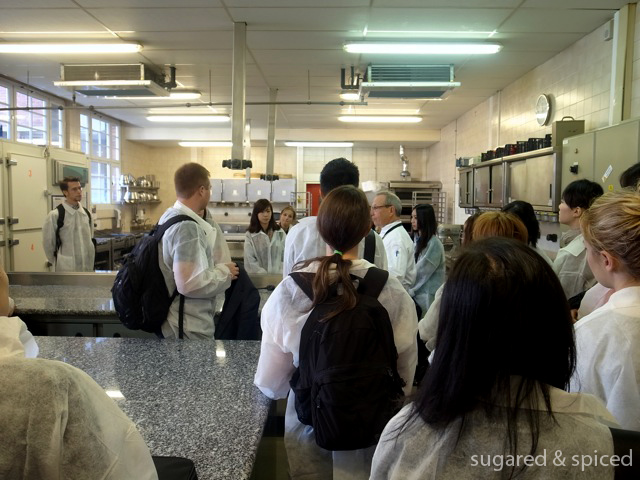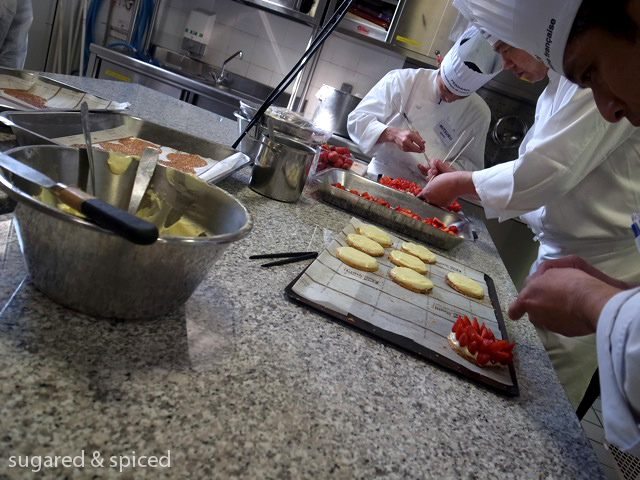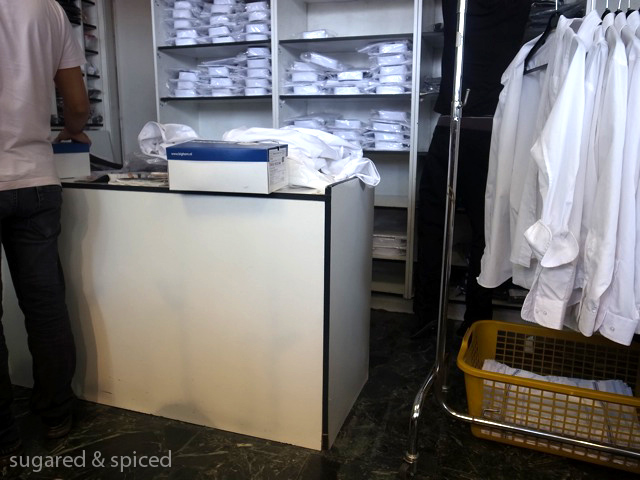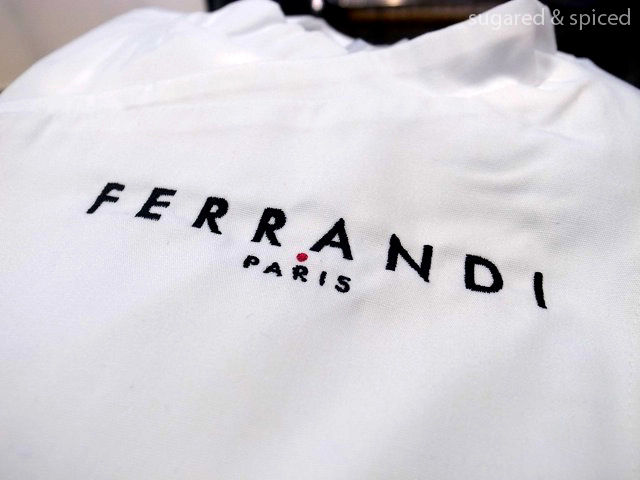Like my FACEBOOK PAGE or follow me on TWITTER / 微博!
Croissants and pains au chocolat, I could eat them everyday for breakfast! These buttery flakey delights are especially irresistible when they are fresh out of the oven, so imagine how many of them I downed during our week of viennoiserie classes…oh boy, just think of the calories. Croissants and pains au chocolat are made of a layered yeast-leavened dough, similar to the feuilletage procedure for puff pastry (read: copious amount of butter). To form croissants, start by rolling out and cutting the dough into long triangles as pictured below.
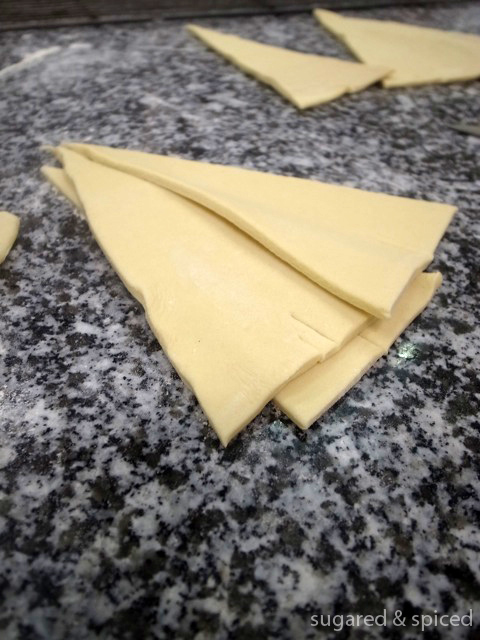
Roll ’em up.
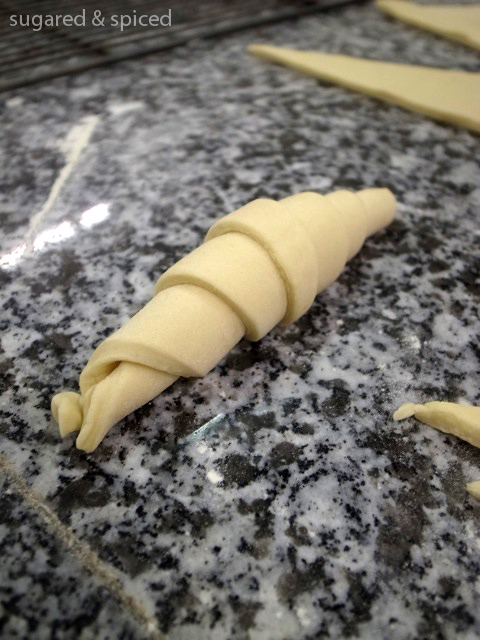
Egg wash and let rise for about two hours at 25C.
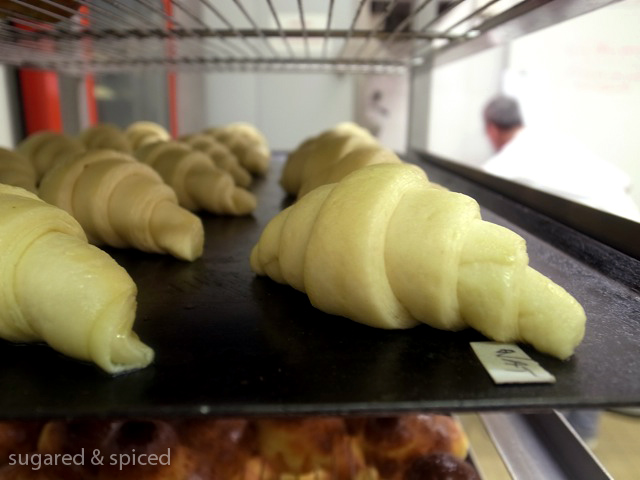
Egg wash again and bake!

![[Ferrandi] Week 5: Brioche](https://www.sugarednspiced.com/wp-content/uploads/2012/11/R0047128.jpg)

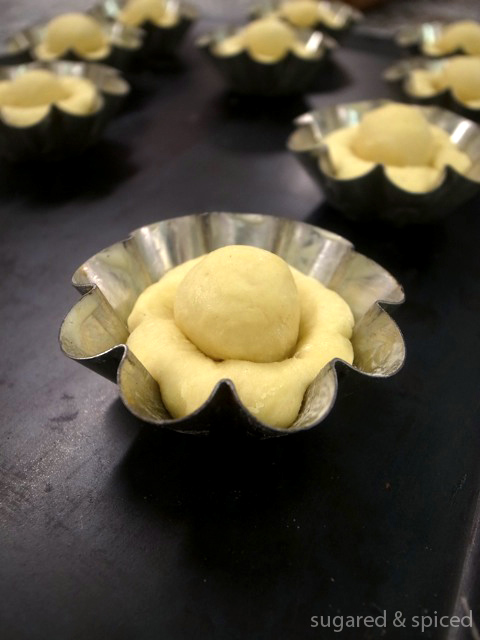
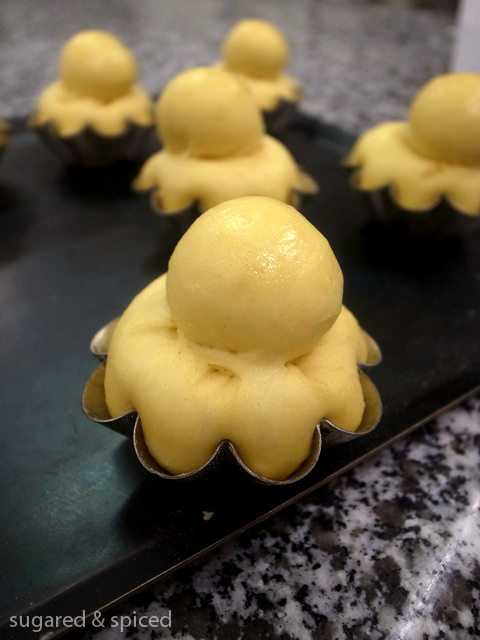
![[Ferrandi] Week 5: Mille Feuille](https://www.sugarednspiced.com/wp-content/uploads/2012/11/R0046160.jpg)
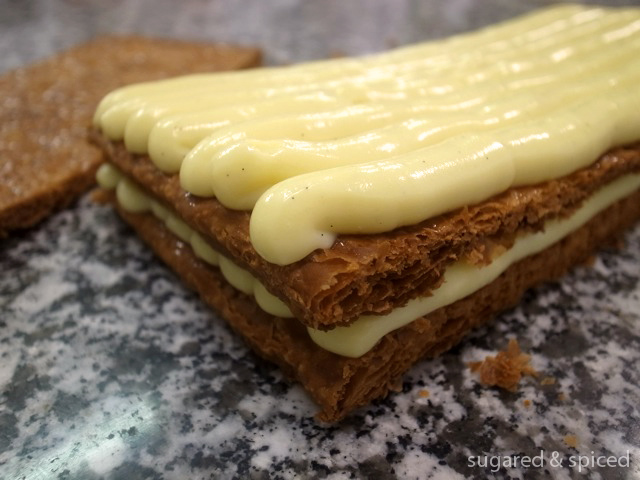
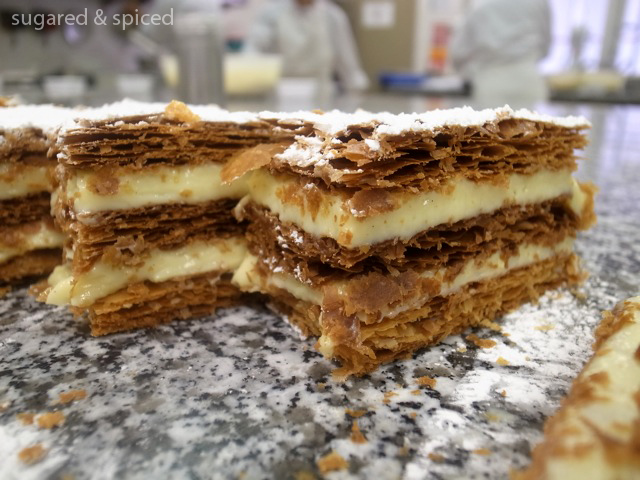

![[Ferrandi] Week 5: More Puff Pastries](https://www.sugarednspiced.com/wp-content/uploads/2012/11/R0044585.jpg)

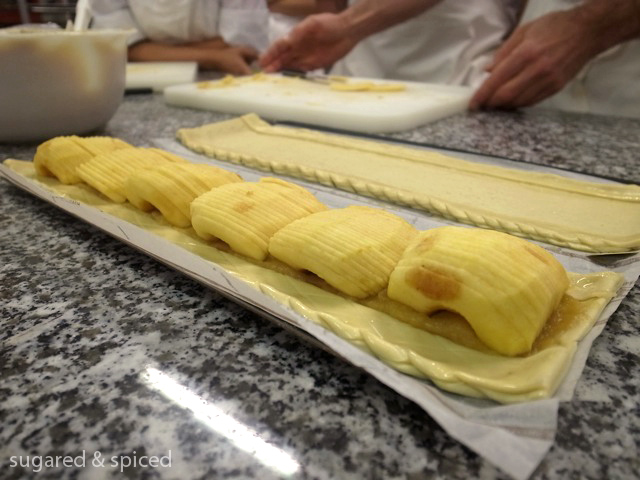
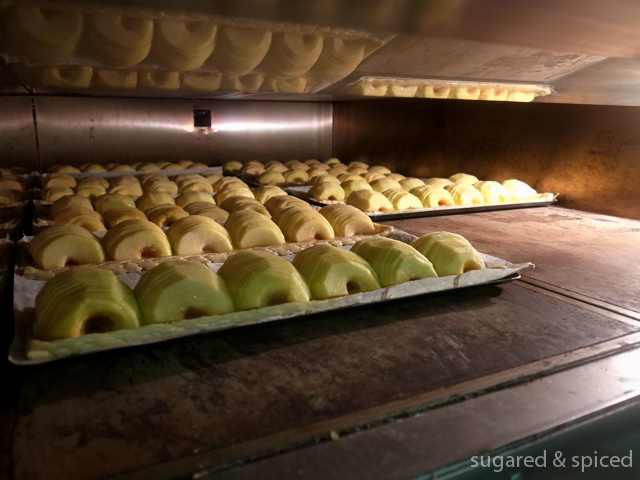
![[Ferrandi] Week 4: Puff Pastries](https://www.sugarednspiced.com/wp-content/uploads/2012/10/R0043232.jpg)
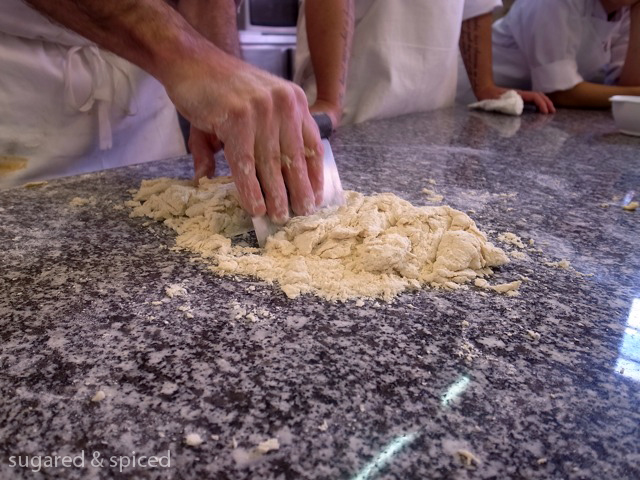
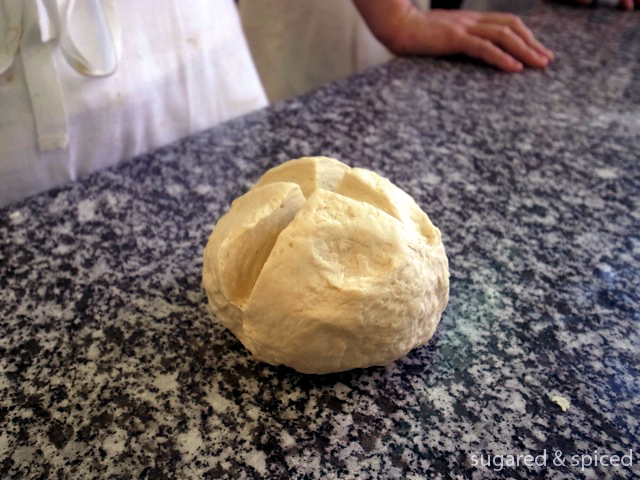
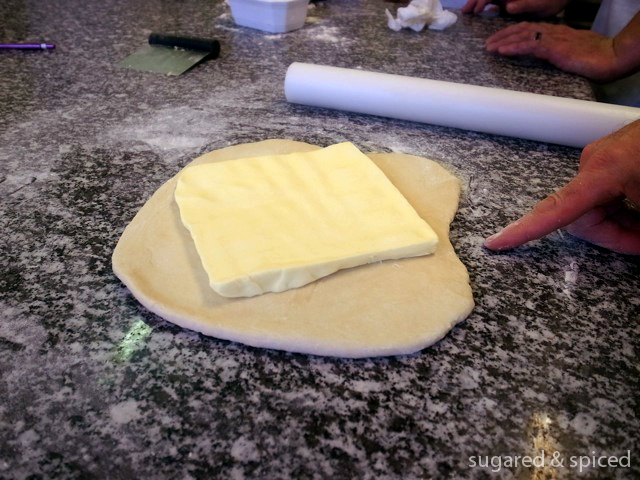
![[Ferrandi] Orientation](https://www.sugarednspiced.com/wp-content/uploads/2012/09/R0040294.jpg)
